This post provides some simple advice for the natural slate good practice in the design of ridges, valleys, eaves, verges and hips.
Battening
The most common form of roof construction in England and Wales is with open rafters. This shows the position of the battens relative to the slates in the main roof areas. 50×25 battens are required with rafter centres maximum 600mm.
Verges
The use of slate-and-a-half slates is recommended at the verge. Traditional wet bedded verge must ensure the correct mortar mix is used for this application. Dry verge products are also available.
Eaves
The under eaves slate is laid with the dressed edge face down and projecting into the gutter. The eaves course slates are installed dressed edge face up with the tail aligned to the under eave slate. The slate should extend 50mm over fascia or to centre of gutter.
Hips
The slates must be cut closely at the hip junction with ridge hip tiles of the correct angle used. Wet bedded hips use hip irons to BS 5534 and mortar of the correct mix along with a mechanical fixing to each ridge. Dry hip packs are common in new build applications.
Valleys
The use of slate-and-a-half slates is recommended at the valley to ensure secure fixing of the slate.
Ridge
A shorter top slate is used at the ridge to compensate for the gauge and to ensure adequate ridge overlap, and to ensure that the minimum headlap is maintained. Dry ridge packs are common in new build applications. All ridges require mechanical fixings to BS 5534, Code of Practice for Slating and Tiling.
For a detailed description of the process of roof slating, reference should be made to the Code of Practice for Slating and Tiling (BS 5534) and BS 8000 – part 6, Workmanship on Building Sites.

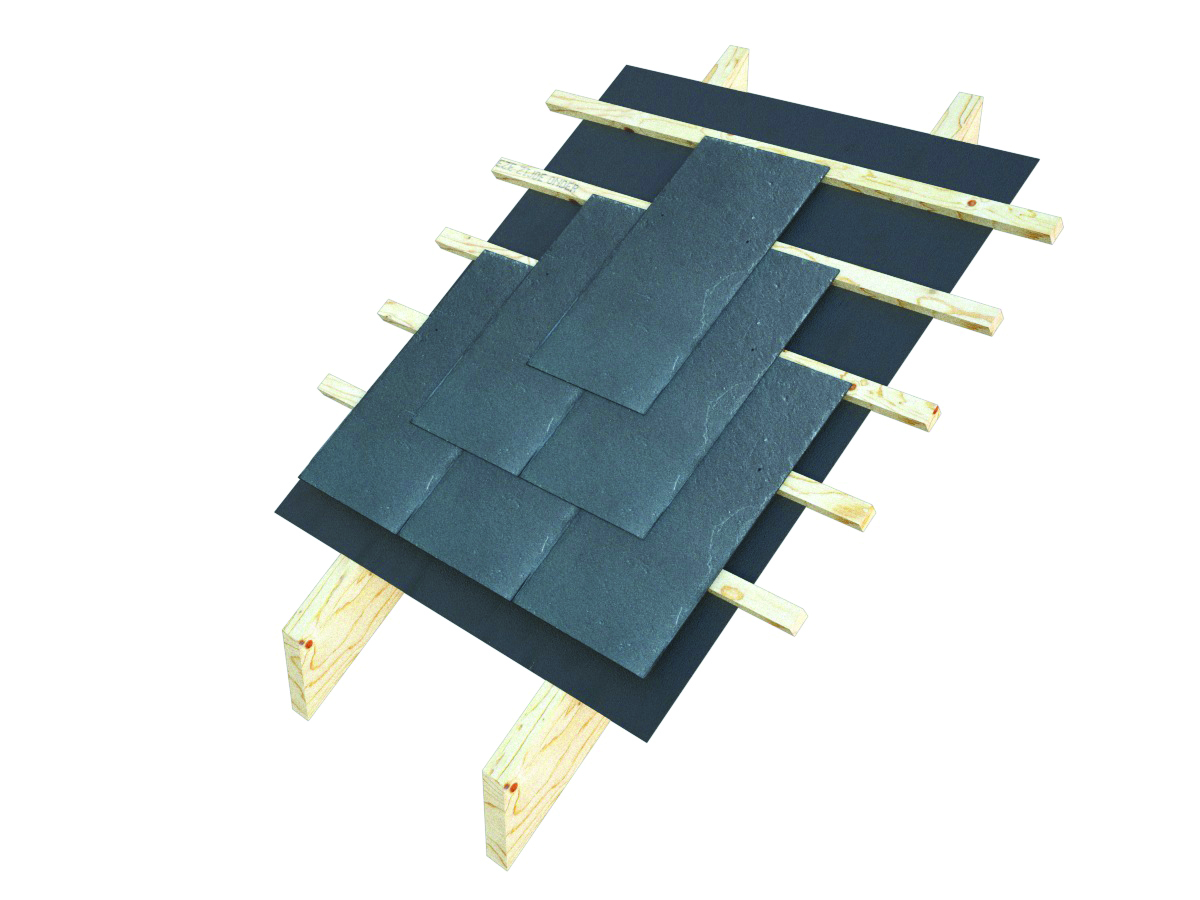
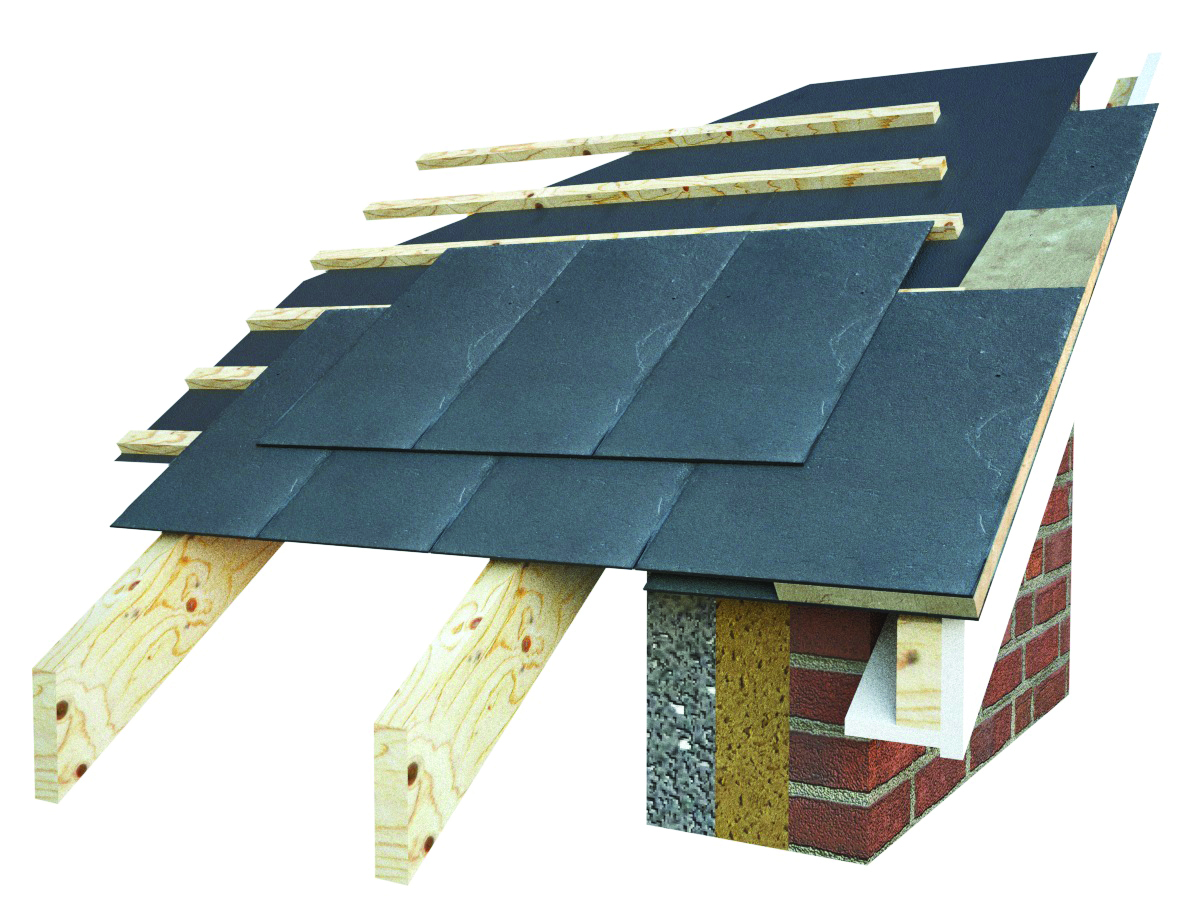
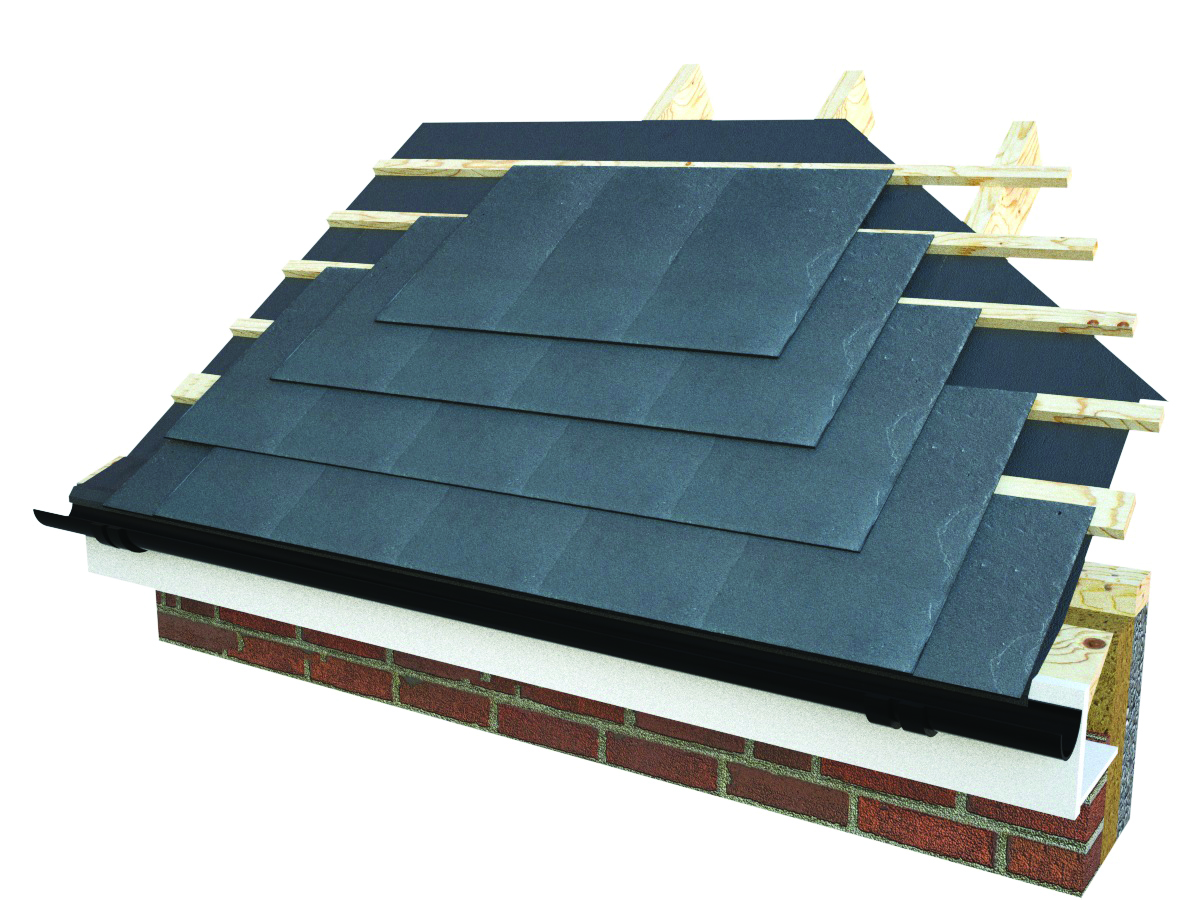
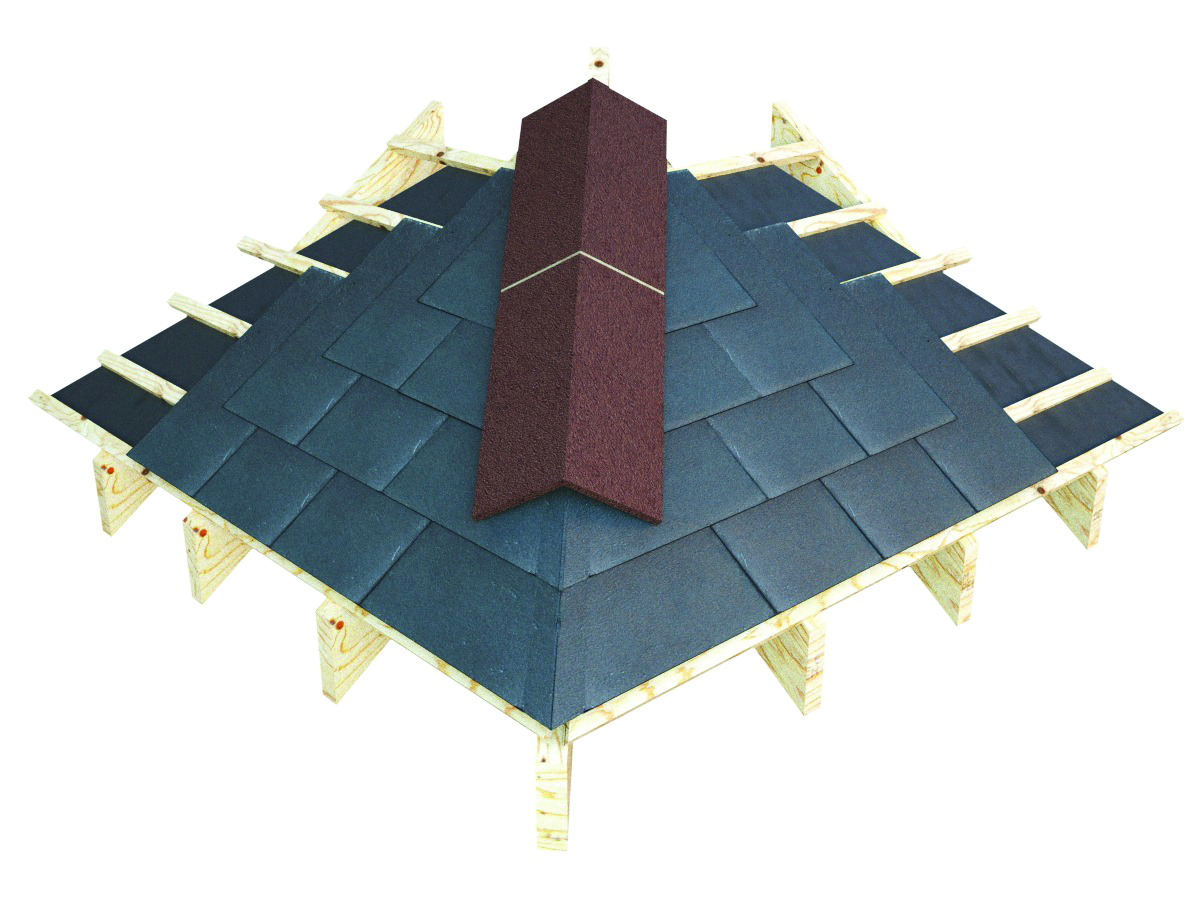
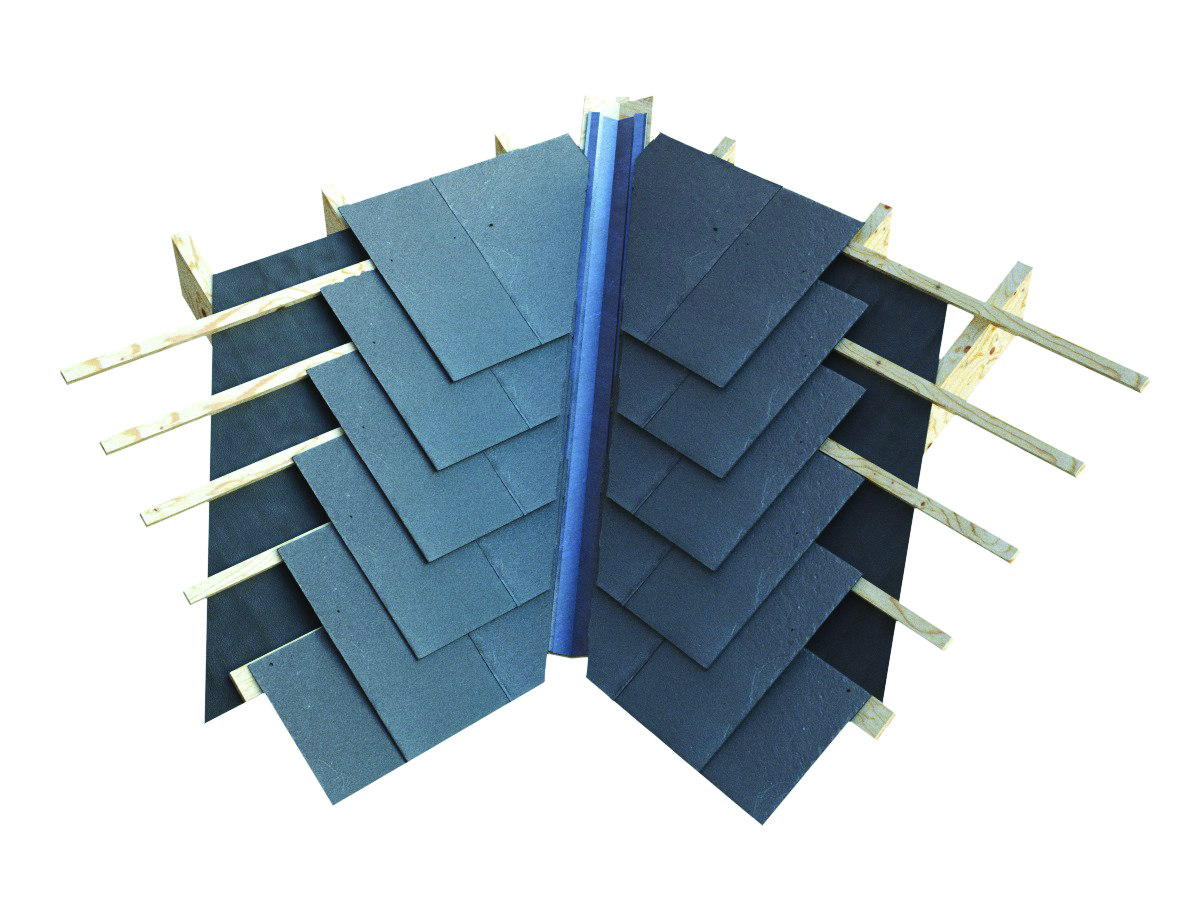
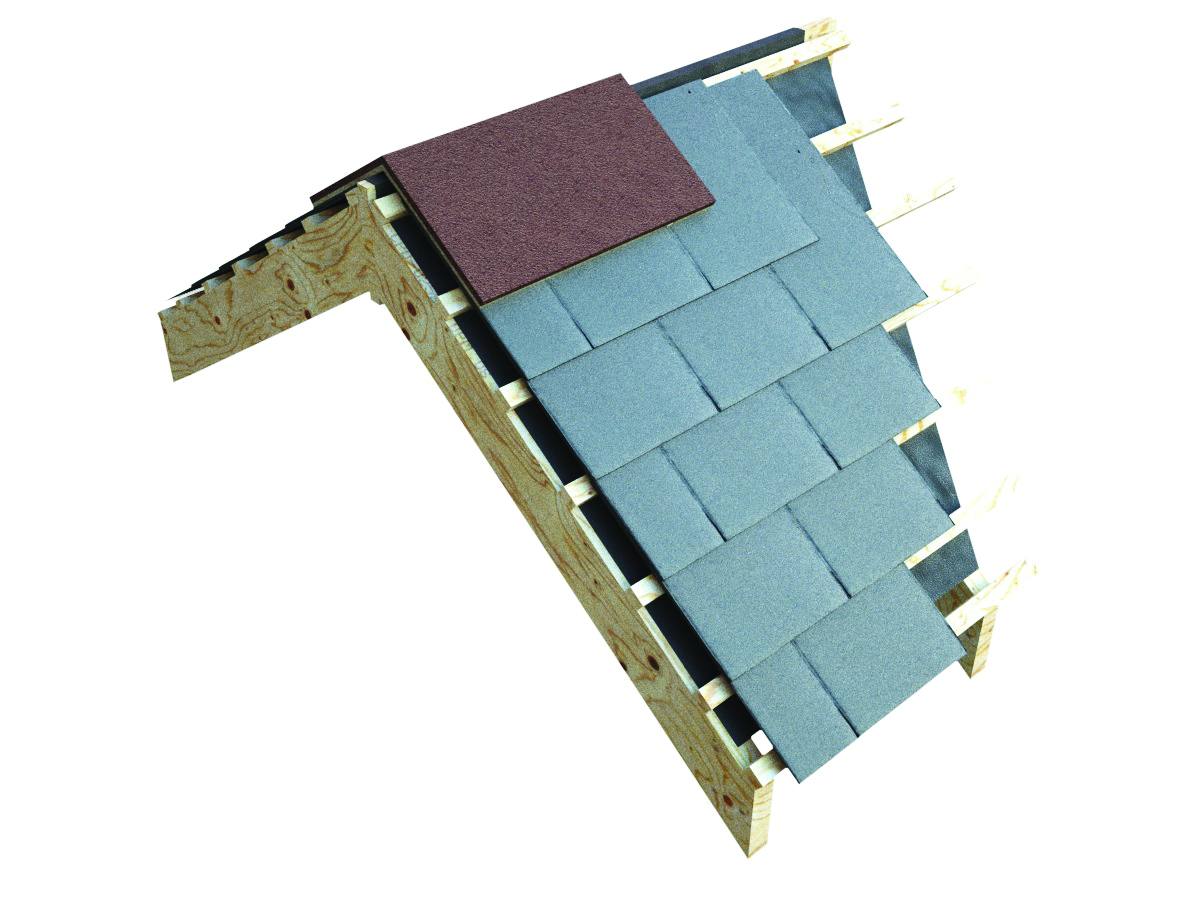
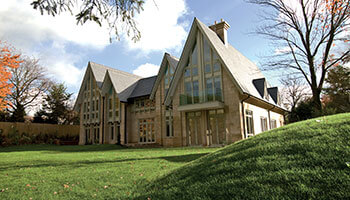


THIS IS A TEST